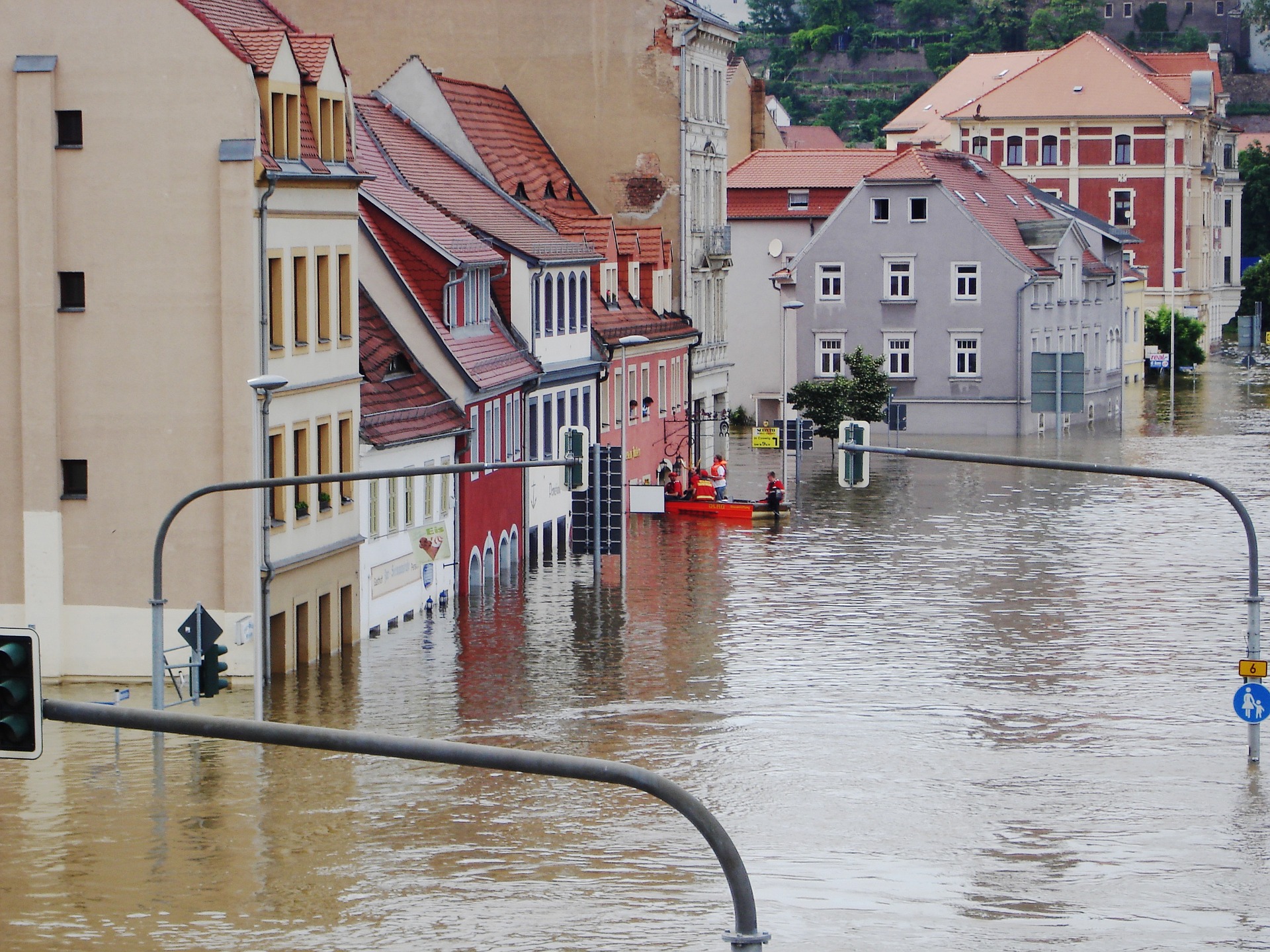Once again running deep into overtime, the latest round of UN negotiations on climate, COP27, saw the signing of the “Sharm el-Sheikh implementation plan” which sees the implementation of a new “loss and damage fund” – one of the priorities in the build-up to the negotiations – yet also a failure to commit to tackling the causes of climate change.
“A clear commitment to phase-out all fossil fuels? Not in this text,” said the UK’s Alok Sharma, who was president of the previous COP summit in Glasgow as reported by the BBC.
Professor Jen Allen of the University of Cardiff summed up the COP’s final document as “more action on loss and damage & adaptation than mitigation and finance. The effects are greater than the cause.”
I’ve read all 60 decisions of #COP27
To save everyone else:
Recognition we’re in a crisis and need to do everything better: mitigation, adaptation, loss and damage, finance.
But more action on loss and damage & adaptation than mitigation and finance. The effects > the cause
— Jen Allan (@JenIrisAllan) November 21, 2022
So, how was this mixed bag received by media around the world?
The 1.5 lifeline
The agreement of a “loss and damage fund” was welcomed with quiet applause in the early hours of Sunday, after the negotiations ran almost 48 hours overtime. A reflection of how it would be welcomed by the rest of the world as news started to spill out of the conference center in Sharm el-Sheikh.
What should have been a great victory was overshadowed by ambiguous new language about “low emissions energy”, which may leave space for some fossil fuels to be considered part of a green energy future, effectively signing the death warrant on the 1.5 goal.
New Zealand’s climate minister, James Shaw, expressed concern that “strong attempts by the petrol states to roll back” on agreements, but that developed countries “held the line”, as reported by the Financial Times.
According to The Guardian, Cop27 will be seen as the moment when the dream of keeping global heating below 1.5° C died. However, it also goes on to say how “The 1.5C target is not a threshold beyond which hope also dies. Every fraction of a degree means an increase in human suffering and must therefore be fought for.”
In the final hours of negotiations, German Foreign Minister Annalena Baerbock said that the European Union “will not sign a paper here that diverges significantly from the 1.5° C path, that would bury the goal of 1.5 degrees,” as reported by Al Jazeera.
Media coverage in the developing world
Coverage of the COP27’s final hours and aftermath by the Egyptian Daily, Al-Ahram, focused on the great achievement of the loss and damage fund and how it will work.
In Pakistan, one of the countries most affected by climate-related changes in weather patterns, the Pakistan Observer reported that Minister of Information, Transport and Mass Transit Sharjeel Inam Memon welcomed the initiative of the COP27 conference and said that it will benefit developing countries and the damages caused by climate change can be remedied to some extent.
Similarly, in Barbados, Nation News, greeted the establishment of the fund as a moment that “ends almost 30 years of waiting by nations facing huge climate impacts,” citing Antigua and Barbuda environment minister Molwyn Joseph, and chair of the Alliance of Small Island States, as saying that it was a “win for the entire world” and “restored global faith in this critical process dedicated to ensuring no one is left behind”.
In South Africa, the Daily Maverick also chose to focus on the achievements by writing that “a momentous decision, negotiators at COP27 have heeded calls to set up a fund to compensate vulnerable countries for the adverse impacts of climate change.”
In Brazilian media, the Brazilian Report chose to focus on the return of Brazil to climate negotiations and how President Lula could “make Brazil green again”.
In India, the Times of India focused on the inclusion of “transition to sustainable lifestyles and sustainable patterns of consumption and production” in the cover decision with environment minister Bhupender Yadav outlining how this comes from Prime Minister Modi’s ideas of environmentally friendly lifestyle.
Indian media, however, also emphasized how countries like China and India, which are still considered developing, will not be required to contribute mandatorily to the loss and damage fund and that some of their most poor and affected areas may even benefit from loss and damage funds.
Wealthy countries wanted more, but…
Yet not all chose to focus on the positives.
For much of the specialized climate media, this COP was seen as a failed opportunity and ultimately fell short on mitigation.
According to Climate Home News the COP “did nothing to stop oil and gas expansion fueling further climate chaos,” also reporting the words of the EU’s Frans Timmermans in the plenary: “What we have in front of us is not enough of a step forward for our planet,” although he did not carry out a threat to walk out and “reluctantly” accepted the deal as it would be a “huge mistake” to kill the loss and damage fund developing countries had fought for.
The UK’s The Guardian also focused on the shortcomings of the COP, reporting that Ed Miliband, the shadow secretary for climate change and net zero, has said COP27 failed on the key issue of keeping global heating to just 1.5C above pre-industrial levels.
Yet there was also an air of optimism due to the coming together of the US and China that finally resumed their partnership to tackle climate change after tensions arose around the issue of Taiwan when House speaker, Nancy Pelosi, visited the disputed island of Taiwan this summer. In the aftermath, all negotiations between the two countries were broken off, including those on the climate.
According to the South China Morning Post, China and the United States have held “constructive” talks on climate change, and the exchanges will continue, top Chinese climate negotiator Xie Zhenhua said. As the two top producers of greenhouse gases, it is essential that both countries take a leading role.
Xie said the developed world should come forward to help poorer countries, but developing nations such as China could contribute to the fund on a voluntary basis.
On the other hand, the US has sought to have China labelled as a developed economy and, therefore, eligible to pay into the UN climate reparations fund. Under the UN Framework Convention on Climate Change, signed in 1992, only countries classed as developed 30 years ago are asked to provide financial assistance.
Picture credits: UNclimatechange cc on Flickr – https://flickr.com/photos/unfccc/52510672795/






